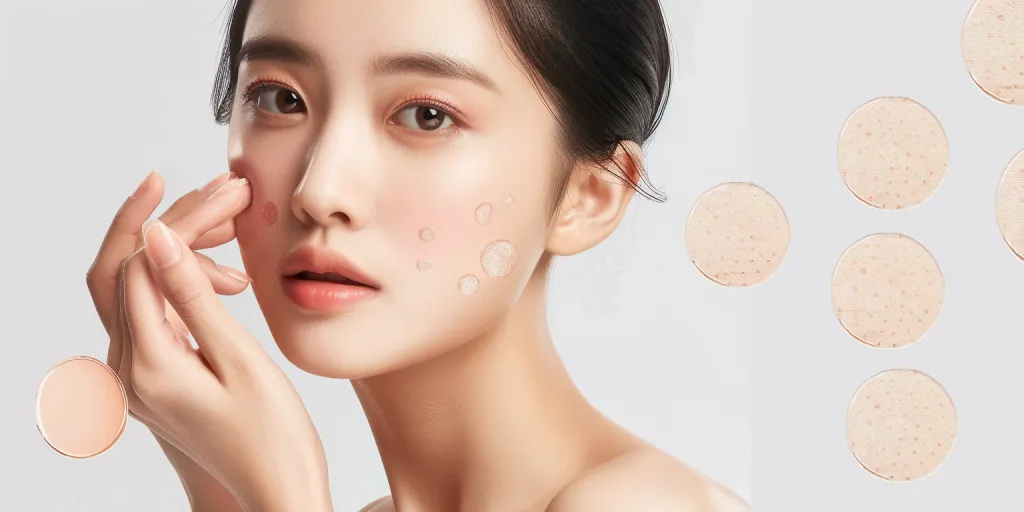Acne is a very common concern among the human population, where it affects almost everyone regardless of age and type of skin. However, it’s nothing to fret over since with different options that are available, you won’t have to worry about those little spots and pimples showing up anymore. One of such options are pimple stickers, which are not only discreet but also effective in your skincare journey for acne treatment. In this article, we are going to unravel the science behind pimple stickers, their benefits, and how to use them effectively in your skincare for a clear skin.
Table of Contents:
– Understanding pimple stickers
– The science behind their effectiveness
– How to use pimple stickers for best results
– Choosing the right pimple stickers for your skin type
– Integrating pimple stickers into your skincare routine
Understanding pimple stickers
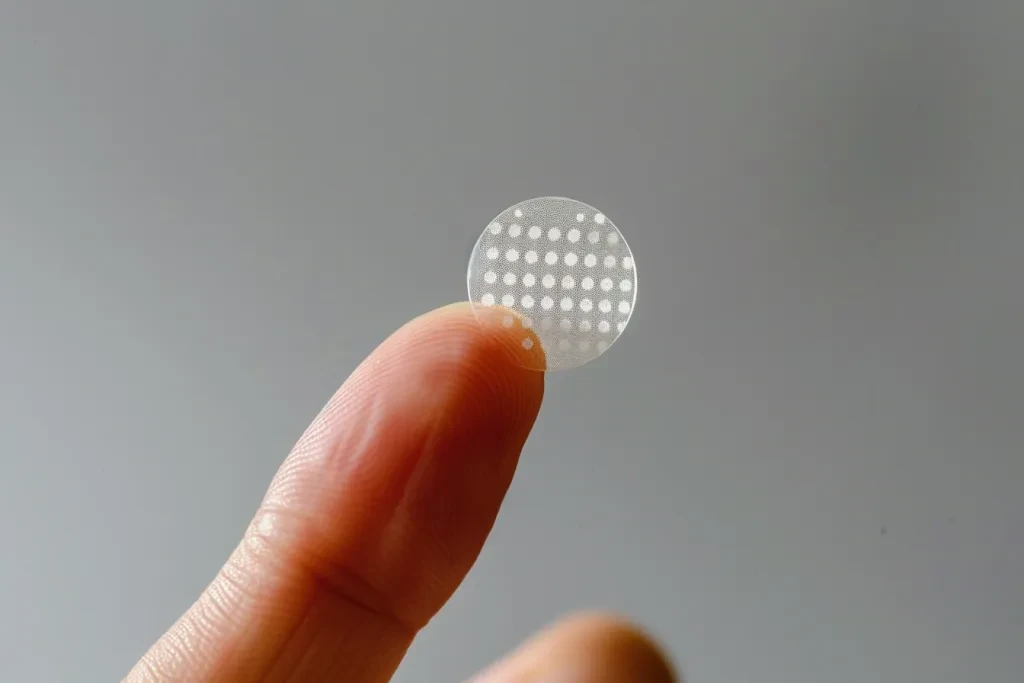
Ever seen a large sticker-like patch with numerous tiny holes on your friend’s face? Don’t be alarmed: your friend isn’t a sticky mess. Instead, they’re using what’s known as a pimple sticker or acne patch – a small, sticker-like disc that they’ve placed over a blemish. Unlike typical acne treatments, a pimple sticker creates a physical barrier around the pimple to prevent external pathogens and dirt from aggravating the inflammation. They are often infused with ingredients such as salicylic acid or tea tree oil that are known for treating acne.
The other distinct advantage of pimple stickers was how easy they were to use. You could put them on day or night, under make-up or on bare skin. They worked in tandem with the rest of your skincare regime. And, because they were invisible sewn-in patches, you could take care of your blemishes discreetly, without anyone else noticing your acne.
There’s no desire to belittle the emotional damage that acne can inflict But then there’s also the psychological benefit. It doesn’t matter whether they’re ‘covering up’ the pimple or acting as a placebo to boost confidence, pimple stickers can mitigate acne-induced stress by visibly reducing the size and redness of our pimples.
The science behind their effectiveness
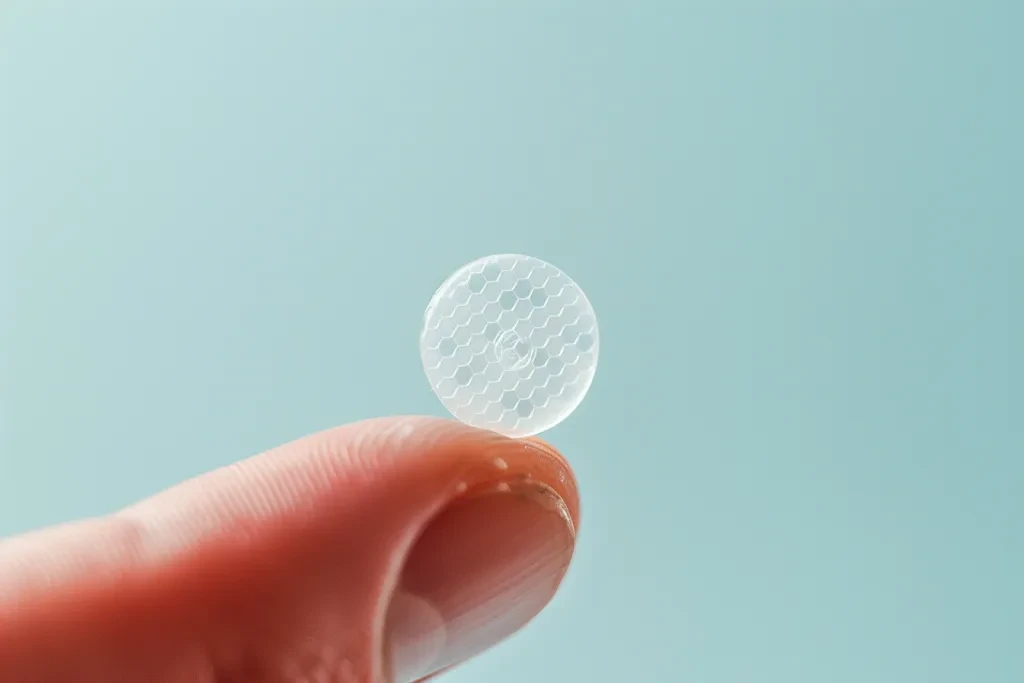
Pimple stickers exert a combination of physical and chemical mechanisms. The physical mechanism involves absorption – it’s like a sticker sucking up the pus and oil from a pimple to speed up its healing. The chemical mechanism involves the active ingredients which are supposed to penetrate the skin and target the root issues of acne.
Hydrocolloid technology is present in most pimple stickers and was originally developed for medical wound care. Not only can hydrocolloid material draw out the fluids in a wound, but it can do so while retaining the moist condition necessary for healing. Hydrocolloid universally produces better results than standard dressings. When this technology was adapted for acne treatment, it was designed to be as gentle as possible, carrying out its purpose without stripping the skin.
The occlusive nature of pimple stickers is also helpful. By creating a micro-environment that separates a pimple from irritants, it minimises the chances of the pimple becoming more inflamed and infected. This barrier also speeds up the timeline for it to heal itself. Finally, it also minimises the temptation to pick or squeeze the pimple, which could result in scarring.
How to use pimple stickers for best results
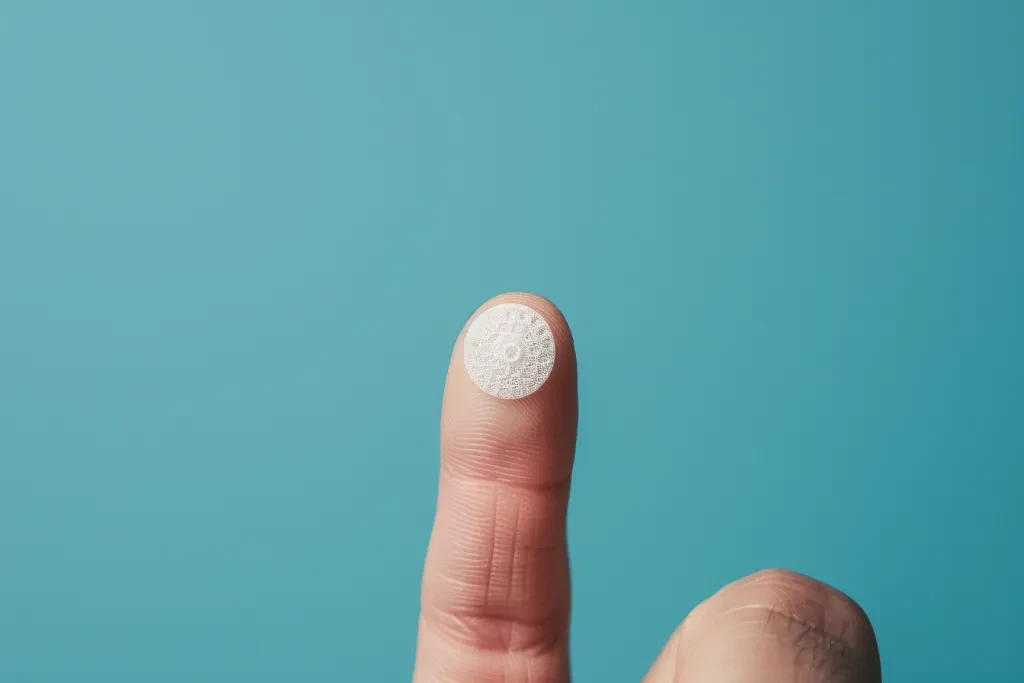
They work best if applied to clean, dry skin, so that the adhesive in the sticker can make good contact with the skin, and the active ingredients in the sticker are applied directly to the pimple. You should also resist the temptation to use skincare products while the sticker is in place, as this can make the sticker less effective.
Be patient with the pimple stickers. They won’t necessarily work overnight. Some people see improvements the next day, though most people need to use them for two or three days to see significant results. The stickers should be used as directed, consistently, when the manufacturer advises it.
With pimple stickers, it’s recommended to peel it off gently to avoid irritating the skin. After you remove a pimple sticker, you can continue your regular skincare routine as usual, but with gentler products. Pimple stickers might not be designed to address more serious kinds of acne, like cystic acne.
Choosing the right pimple stickers for your skin type
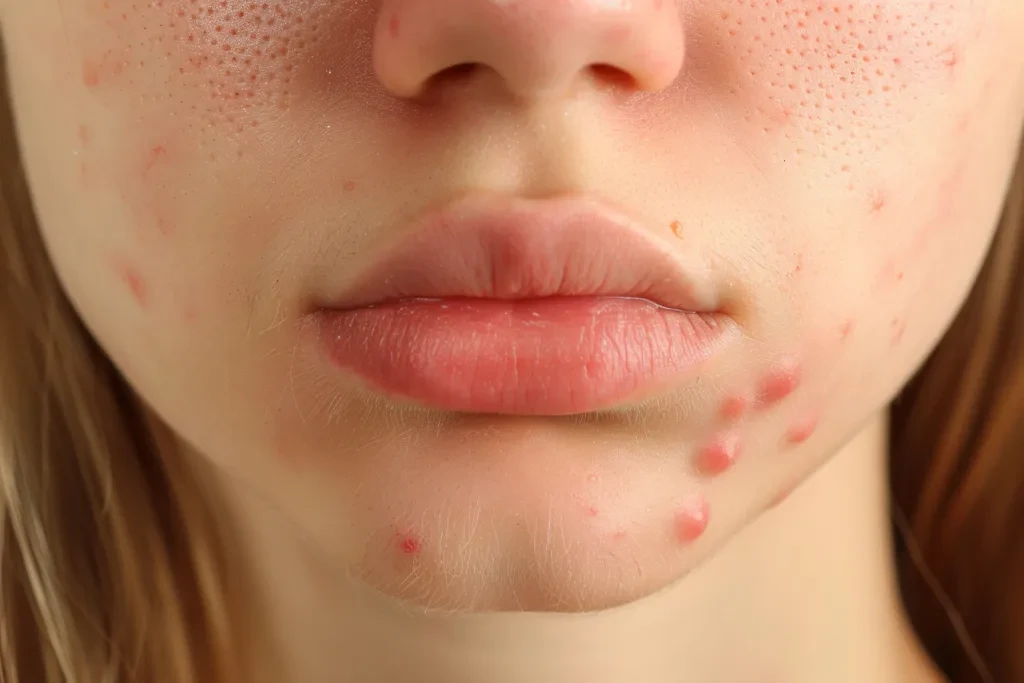
It’s not ‘one pimple sticker fits all’. With so many on the market, deciding on the right pimple sticker for your skin type can make their benefits work even harder. For sensitive skin, look for patches without any stubborn chemicals or fragrances. Those with oily skin might want to try out stickers with ingredients that can reduce oil production, such as salicylic acid.
The size and thickness of your sticker can also make a difference: larger, thicker patches are best for overnight use, while thinner, smaller stickers are better for treating spots during the day under makeup.
Cognisance of the exact ingredients of a pimple sticker helps too. For instance, if you have bacterial acne, you might look for tea tree oil – a well-known natural antiseptic. Hyaluronic acid, for its part, hydrates the affected area, which can encourage healing.
Integrating pimple stickers into your skincare routine
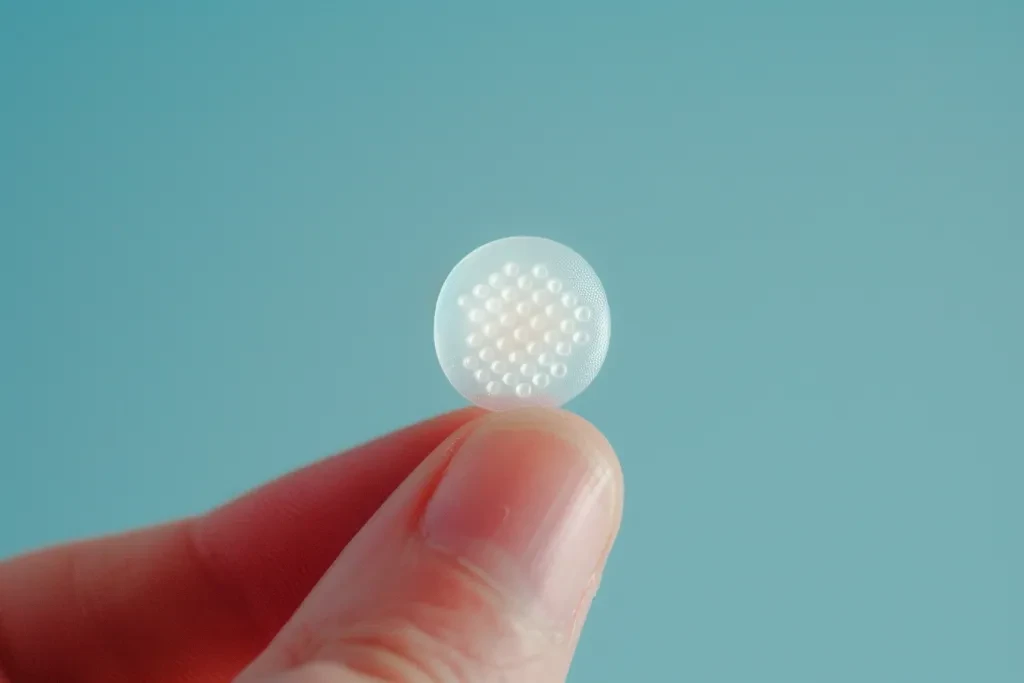
The stickers are easy to add to your skincare routine; you can incorporate them as a spot treatment into your existing skincare regime, used as needed. For the best results, apply them as soon as you feel a pimple coming on because you want to nip the pimple in the bud.
And of course, there’s the question of when to apply. For maximum therapeutic time on the lesion, pimple stickers are best placed at bedtime. However, daytime use works, too, particularly for thinner patches that are meant to be applied under makeup.
Pimple stickers can be a great weapon in the war against acne – but never the entire arsenal. A sticker is worthless if it’s slathered on top of dirt or left in the sweltering sun. Skincare is like training for a marathon: it takes a steady routine with cleansing, moisturising and sun protection to nurture your skin.
Conclusion
These infection-absorbing skin patches tackle acne where it’s most problematic: with precise, easy, effective, and safe results. When you learn how they work and how to make the most of them in your beauty routine, you’ll be well on your way to clear, acne-free skin. But remember to be consistent with your routine, patient with your healing process, and consider the other factors that contribute to keeping your skin healthy.
